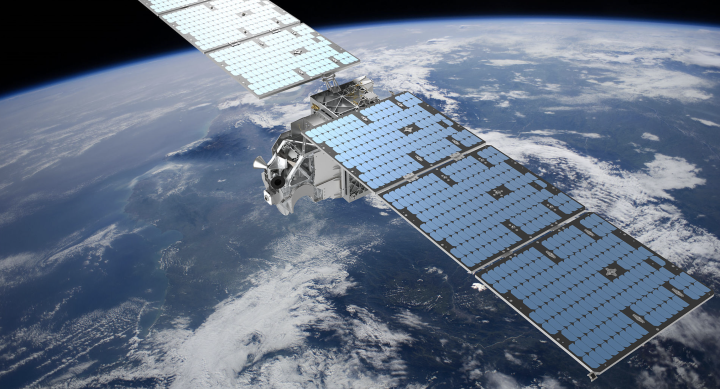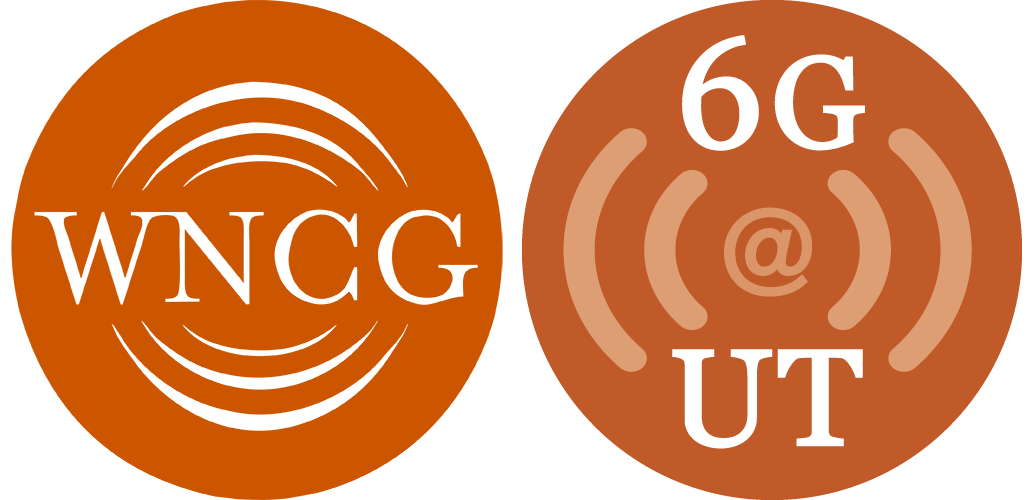
Many spectrum bands envisioned for use in 6G and beyond are already in use by incumbent systems. At frequencies above 100 GHz, highly sensitive passive satellite systems in space use the spectrum for atmospheric measurements and other scientific uses, including radioastronomy. Using this spectrum necessitates protecting these incumbents from interference generated on Earth. But is this even a problem, given the distances involved, and highly directional transmissions required for those frequencies?
A recent paper by alumnus Nick Olson, 6G@UT Director Jeff Andrews, and WNCG Founding Director Ted Rappaport (now at NYUWireless) investigate this question, namely how interference from terrestrial cellular networks can impact satellite receivers, particularly highly sensitive ones in the frequency range above 100 GHz. The paper presents a detailed model that predicts the extent of interference based on variables like location and time, offering valuable insights into how satellites and terrestrial systems can share the same spectrum without substantial disruption or overly restrictive guard bands.
The paper’s findings suggest that with suitable adjustments—such as antenna configurations—both systems can operate with minimal interference at the satellites, even for quite dense terrestrial systems at these frequencies. This has critical implications for regulators like the Federal Communications Commission (FCC), as it informs spectrum allocation policies, ensuring that this valuable spectrum can be used on Earth, while protecting the important scientific uses of the spectrum in space.
The full paper can be read here.

